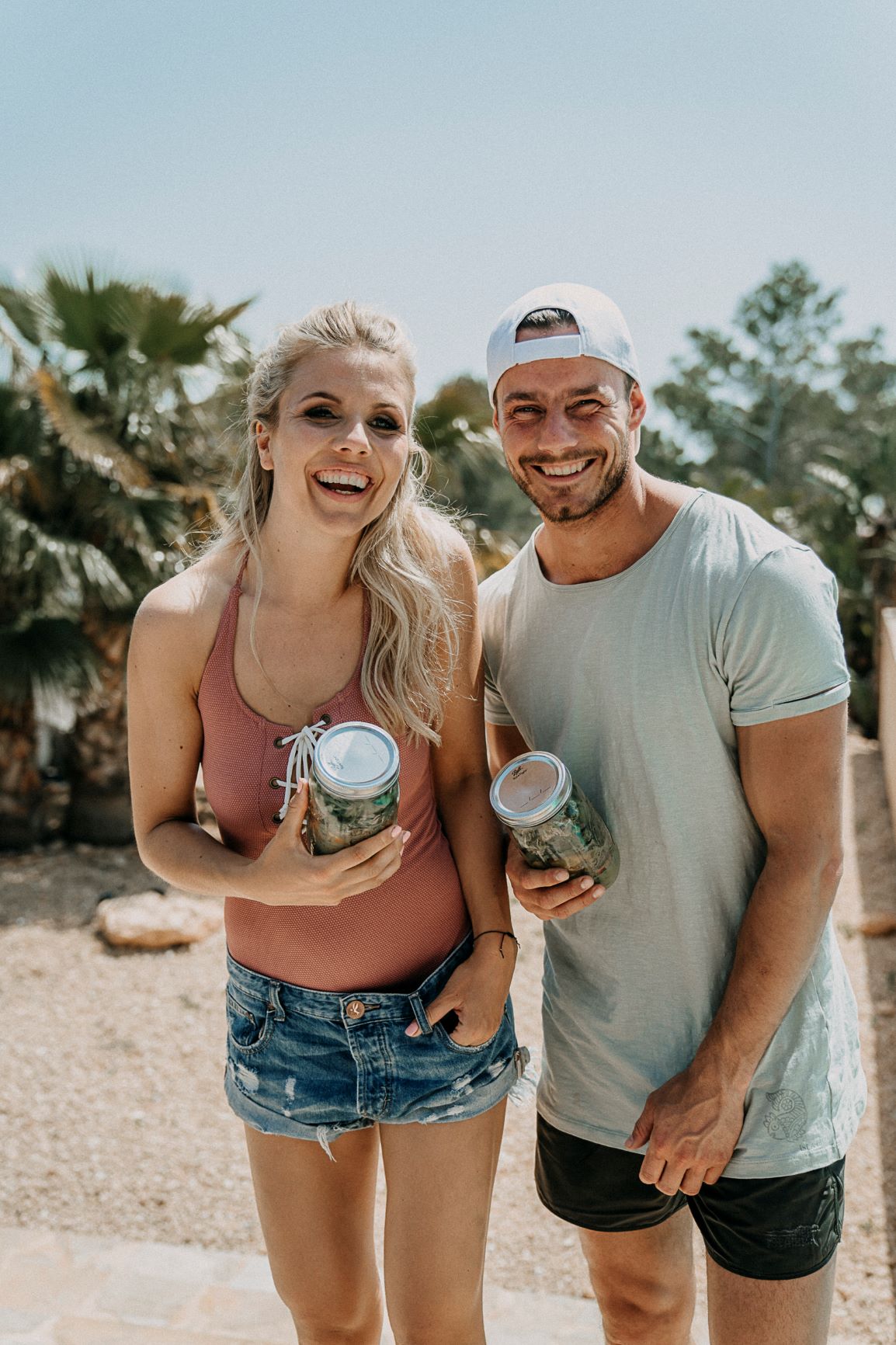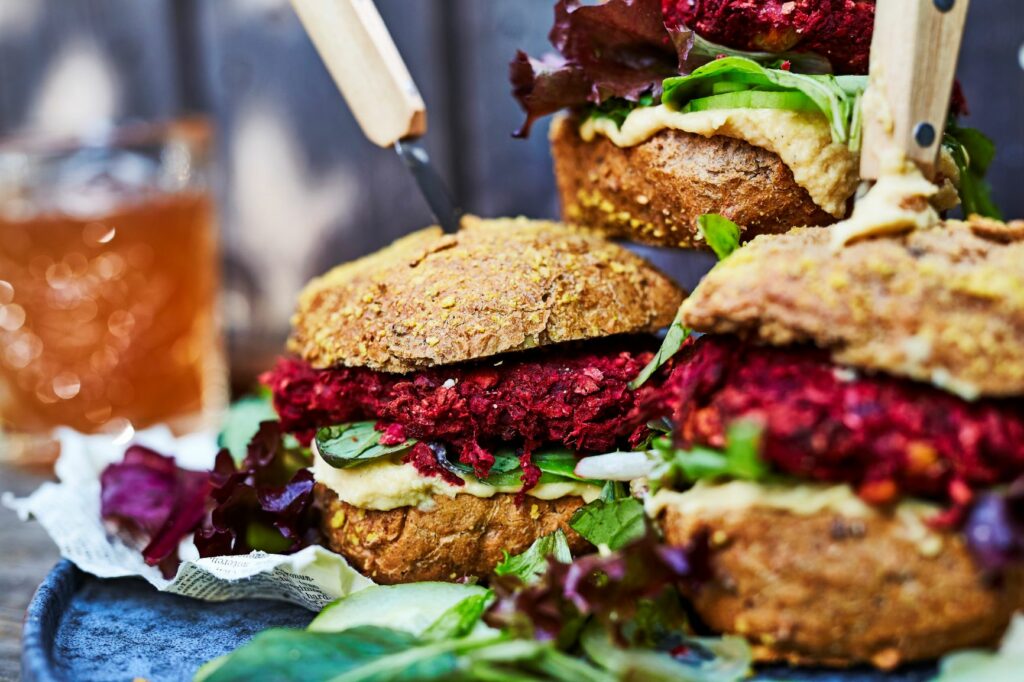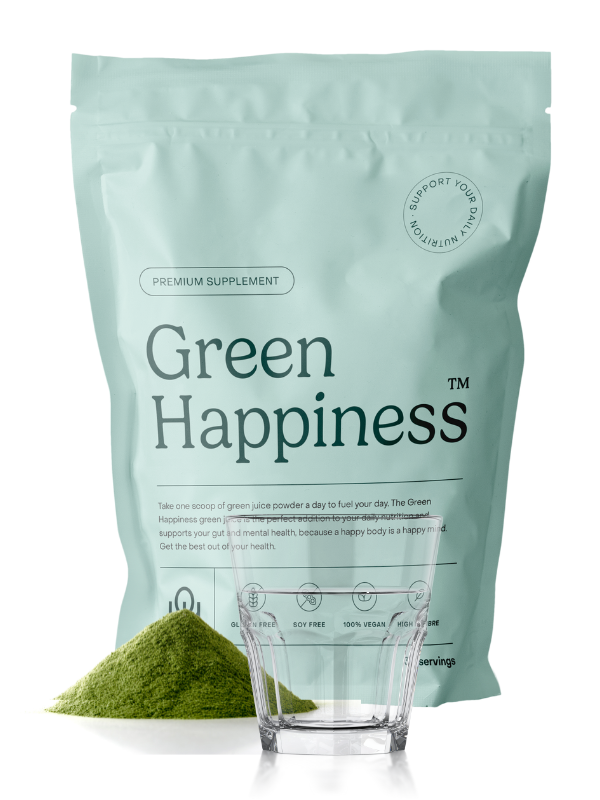
Can you really eat so little now?
Vegan is becoming more and more the norm! At least if we are to believe the newspapers. Or maybe everyone is simply becoming more aware of the impact that consuming animal products has on the planet, our health, the environment, and animal welfare. Anyhow, we are happy about it! Have you been wanting to eat less meat yourself for a while or even switch to a (mostly) plant-based lifestyle, but find it difficult to start? No worries, we will give you a helping hand.
This does not mean that you must adopt a fully plant-based lifestyle all at once. It certainly doesn’t mean that you can never eat a steak again or that your mother’s homemade apple pie is a thing of the past forever. Start with a small step and discover for yourself how far you want to go.
What is always vegan anyway?
Let’s start with things that are generally still plant-based. You can still eat this if you choose to avoid animal products:
– Potatoes (and thus fries)
– Sweet potatoes (and thus sweet potato fries)
– All vegetables (pumpkin, broccoli, green beans, zucchini, and so on)
– Rice (and thus also sushi with, for example, avocado and cucumber)
– Legumes such as chickpeas and lentils (and products made from them, like hummus)
– Pastas, spaghetti, pizza, etc., (as long as there are no eggs in it and you only sprinkle vegan cheese on it)
– Bread
– Soy milk, almond milk, coconut milk
– Dark chocolate
– All types of fruit
– All nuts and seeds
– etc. (there is much more).
In addition, there are more and more products available in a vegan variant. Such as pesto, cheese, milk varieties, but also cookies and candy. And what about all the meat substitutes?
So there are a lot of dishes you can make without needing animal products. From curries to pizza and from scones to beetroot burgers with fries.

What to pay attention to in the supermarket?
Someone who eats plant-based (so no animal products) avoids the following ingredients on packaging:
– All forms of meat (including poultry and fish), insect burgers are also not vegan…
– Milk, yogurt, and quark (lactose, whey, casein)
– Cheese
– Eggs
– Gelatin (from pork bones)
– Honey (not everyone chooses to avoid honey. You can pay attention to how the honey is produced sustainably, putting significant focus on the bees’ health and survival.)
Vegan vs healthy
Just because a product is plant-based or vegan doesn’t mean it’s also healthy! Fries and chips are vegan, Oreos too, but that doesn’t suddenly make them guilt-free treats. If you want to eat more plant-based for health reasons, choose as many fresh unprocessed products as possible. That means you’ll mostly be found around the outer edges of the supermarket and in the fruit/vegetable aisle. On the ingredient list, you’d prefer to find as few refined products as possible, like white sugar, oil, and chemical substances like E-numbers. By the way, these latter ones can also be made from animals. Did you know that fruit sprinkles are colored with lice blood? If you want to take it a step further, you might choose not to consume white sugar and alcohol due to the way they are made (e.g., filtered with gelatin). Check this:
E-numbers that are not vegan
– E120, made from insect blood and used as a dye.
– E441, gelatin.
– E472, often consists of animal fat.
– E542, bone meal (phosphate).
– E640, made from slaughter waste and gelatin. Also known as glycine.
– E901, beeswax.
– E904, a material obtained from the secretion of certain lice (shellac).
– E913, also called lanolin, is a wax-like substance obtained from sheep’s wool.
– E966, also known as lactitol, is made from milk sugar (lactose).
– E1105, Lysozyme is an enzyme that naturally occurs in saliva, tears, blood, and (breast) milk.
The Dutch Association for Veganism has compiled all E-numbers with animal products for you in a handy chart. You can find it here.
